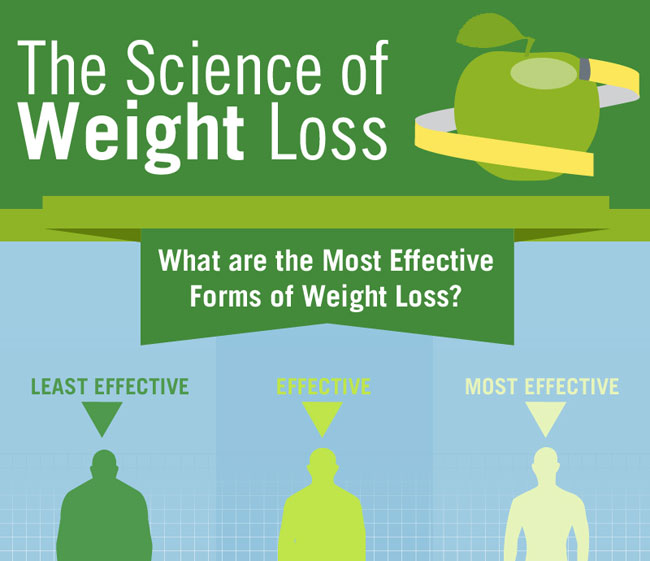Budgeting For Cold Laser Therapy What To Know
Budgeting For Cold Laser Therapy What To Know
Blog Article
Scientific Study on the Efficiency of Cold Laser Strategy
Cold laser treatment is a valuable tool to assist in pain administration and the recovery process. It is typically utilized in sports medicine, dermatology and acupuncture.
Cold lasers penetrate deep into tissues and advertise chemical adjustments without heating them. They reduce swelling and swelling, speed up mobile activity and increase healing.
Academic Background
Unlike the high-intensity lasers that surgeons use to puncture tissue, cold laser treatment uses light-emitting diodes to pass through right into your skin and promote recovery. As these photons reach broken tissues, they initiate a domino effect that boosts your cells' production of enzymes and increases your body's natural healing procedures.
The photons also lower pain via the production of endorphins and increase your body's capability to drain swollen areas by inducing vasodilation (the expansion of blood vessels). Consequently, it assists you recuperate from bone and joint injuries and discomfort more quickly.
Many people have actually read about chilly laser treatment from their physiotherapist, chiropractic practitioner or medical professional and may be wondering exactly how it works. Unlike many laser devices made use of in the medical area, which actually warm up cells, our cutting edge devices produces chilly laser beam that do not cause any kind of heating of your cells. This enables your body to obtain the healing advantages without activating any side effects.
Medical Trials
Cold laser treatment is often recommended as a therapy alternative for people that have bone and joint pain and injuries. It can be utilized to lower inflammation, reinforce tissues and increase the body's natural recovery processes.
Non-thermal photons of red and infrared laser radiation are soaked up by the light sensitive components in cells and initiate a rise in intracellular metabolism that increases cell recreation, reduces inflammation, gets rid of edema and reduces healing time.
Unlike the light that is produced by sunlight or standard lights, laser light is identical (all wavelengths traveling in the same direction), systematic and monochromatic. These homes enable laser power to pass through much deeper into the cells.
Several scientific trials have revealed that LLLT can be efficient in decreasing pain in the musculoskeletal system. Nevertheless, even more well-designed studies are needed to review the optimum settings for laser irradiation and to establish its effectiveness in certain problems, such as oral mucositis in cancer cells clients getting radiation treatment or radiotherapy, and wound healing (including diabetic person abscess adhering to hammertoe surgery). This Aetna policy notice does not deal with various other uses of LLLT, consisting of the treatment of various skin diseases.
Conclusions
Unlike medical lasers that can ruin growths or coagulate tissue, cold laser treatment does not warm the body's cells. Rather, the light stimulates your cells to produce adenosine triphosphate, which accelerates the repair work process of injured tissues.
Aetna thinks about low-level laser (LLL) therapy clinically needed for the avoidance of dental mucositis associated with cancer cells therapy (chemotherapy, radiation therapy, hematopoietic stem cell hair transplant) and non-cancer therapies (such as radiodermal injury, fibromyalgia). Numerous studies showed that LLT can be efficient in decreasing PU signs and symptoms without negative results. However, distinctions in research designs and laser dosimetry made contrast of the outcomes challenging; RCTs with reduced risk of prejudice laser therapy treatment near me are required. Using a 660 nm wavelength and greater power thickness appears to be much more reliable than the various other studied laser wavelengths. This could be due to the fact that the other wavelengths might promote inflammatory procedures and trigger more negative effects. The impact of the type of laser made use of is likewise important; the writers recommend that future research study focus on reviewing various kinds of lasers and their doses to determine the optimum mix of laser specifications for PU prevention.
Recommendations
Cold laser treatment is made use of by dental practitioners to treat inflamed gum tissue, doctors to alleviate discomfort brought on by rheumatoid joint inflammation, and physical therapists to speed the healing of muscle, tendon, and tendon injuries. Lots of clinical insurance plans cover this therapy.
Unlike hot lasers, which have a thermal result on cells, cool lasers (also called low-level lasers) stimulate the cellular power of the skin. Photons from the laser light penetrate into the cell, triggering a series of chemical modifications that promotes regeneration and minimizes swelling.
In order to work, lasers need to be properly configuration and utilized. This is why it is not a good idea to buy an economical over the counter laser gadget and attempt to treat yourself in your home. A trained professional is needed to ensure that the tool is utilized properly to minimize the threat of eye injury and optimize its performance. The laser tool have to be gotten used to the right setting, intensity, regularity, and placement of the laser on the therapy area.